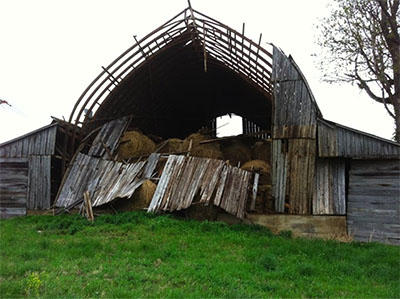Tag: setup
-
13 Steps To Getting Started with a Blog
Blogging 101 – Getting Started is a training module I’m teaching to communicators and dairy farmers. It’s all about getting started with a blog as your mainstay on the internet. I’ve given the reasons of why you should blog but here are 13 steps to help you on your journey. And as always, you can…

